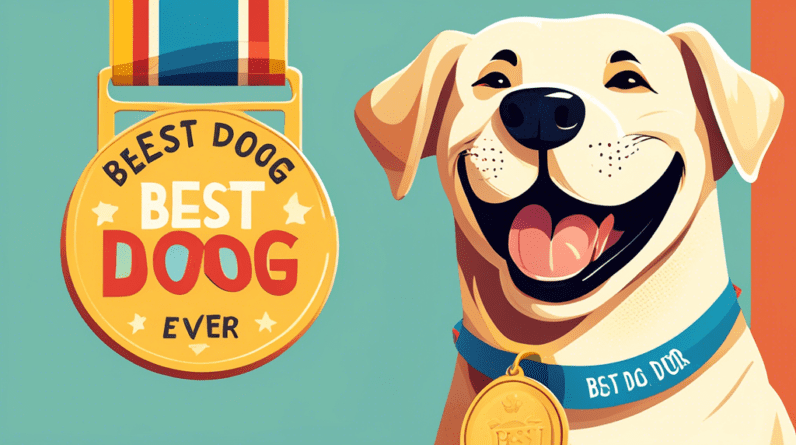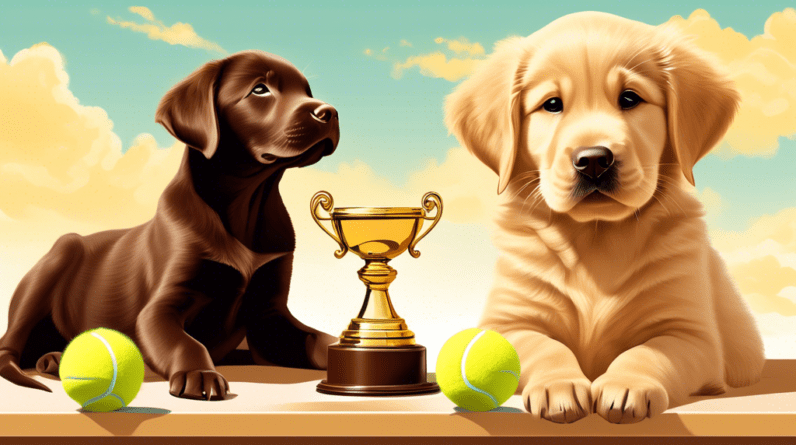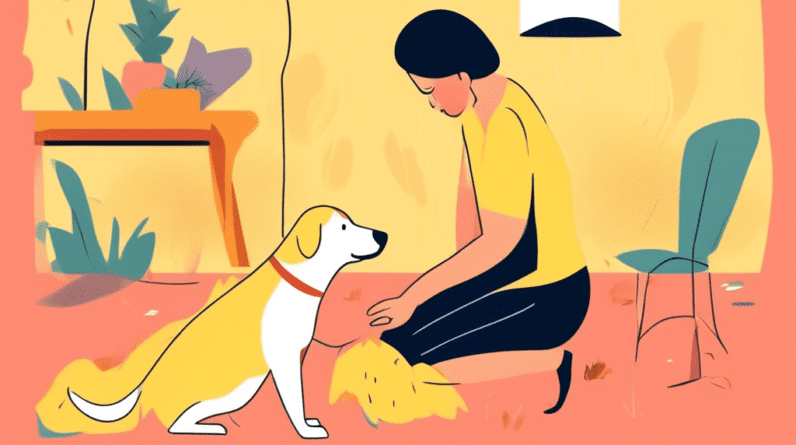
How Much to Feed a Lab: A Comprehensive Guide to Labrador Retriever Feeding Requirements
Understanding Your Lab’s Nutritional Needs
Labrador Retrievers, with their boundless energy and love for food, are a joy to have around. However, keeping them healthy and happy involves understanding their nutritional needs and feeding them accordingly. This comprehensive guide will delve into the specifics of how much to feed your Labrador Retriever, taking into consideration various factors that influence their dietary requirements.
Factors Affecting Your Lab’s Food Intake
Before we delve into the specifics of feeding amounts, it’s crucial to understand that several factors influence how much a Lab should eat. These include:
1. Age
Just like humans, a Lab’s nutritional needs change throughout its life stages:
Puppyhood (0-12 months):
Labrador puppies are growing machines, requiring higher calorie and nutrient intake to support their rapid development. They need a specially formulated puppy food rich in protein, fat, and essential vitamins and minerals.
Adulthood (1-7 years):
Once your Lab reaches adulthood, its growth rate slows down. Adult Labrador food is formulated to meet their maintenance needs, with a balanced protein, fat, and calorie content to keep them active and healthy.
Seniority (7+ years):
As your Lab enters its golden years, its metabolism slows down, and its activity levels may decrease. Senior Labrador food is formulated with lower calorie and fat content to prevent weight gain, along with added nutrients to support joint health and cognitive function.
2. Activity Level
A Lab’s activity level plays a significant role in determining its calorie requirements. Highly active Labs that engage in regular exercise or work will need more food than those with a more sedentary lifestyle.
3. Metabolism
Just like humans, Labs have varying metabolisms. Some Labs naturally burn calories faster than others, influencing their food intake.
4. Body Condition
Regularly assessing your Lab’s body condition is essential to determine if you’re feeding them the right amount. You should be able to feel their ribs with a slight layer of fat covering them. If their ribs are too prominent, they may be underweight. Conversely, if you cannot feel their ribs easily, they may be overweight.
5. Food Quality
The quality of dog food varies significantly. Higher-quality food with a higher meat content and fewer fillers provides more nutrients and calories per cup, meaning your Lab may need less of it compared to lower-quality food.
Feeding Guidelines: How Much to Feed Your Lab
While feeding guidelines provided on dog food bags offer a good starting point, it’s essential to consider your Lab’s individual needs. The following chart provides general guidelines for feeding adult Labs based on their weight and activity level:
| Weight (lbs) | Low Activity (cups/day) | Moderate Activity (cups/day) | High Activity (cups/day) |
|---|---|---|---|
| 50-60 | 2-2.5 | 2.5-3 | 3-3.5 |
| 60-70 | 2.5-3 | 3-3.5 | 3.5-4 |
| 70-80 | 3-3.5 | 3.5-4 | 4-4.5 |
| 80-90 | 3.5-4 | 4-4.5 | 4.5-5 |
| 90-100 | 4-4.5 | 4.5-5 | 5-5.5 |
Note: These are just general guidelines. It’s crucial to monitor your Lab’s body condition and adjust their food intake accordingly.
Feeding Puppies: A Different Ball Game
Labrador puppies have specific feeding needs due to their rapid growth and development. Here are some guidelines for feeding your Lab puppy:
Feeding Frequency:
- 8-12 weeks: 4 meals per day
- 3-6 months: 3 meals per day
- 6-12 months: 2 meals per day
Feeding Amount:
Follow the feeding guidelines on your chosen puppy food bag, adjusting the amount based on your puppy’s individual needs and growth rate. It’s best to consult your veterinarian for personalized feeding recommendations.
Choosing the Right Food for Your Lab
Selecting the right food is crucial for your Lab’s health and well-being. Here are some factors to consider:
1. Life Stage:
Choose a food formulated for your Lab’s life stage (puppy, adult, or senior).
2. Activity Level:
Select a food that aligns with your Lab’s activity level. Active Labs require food with higher calorie and fat content.
3. Ingredients:
Look for food with high-quality protein sources like meat, poultry, or fish as the first few ingredients. Avoid foods with excessive fillers, artificial colors, flavors, and preservatives.
4. Brand Reputation:
Opt for reputable brands known for their quality and nutritional value. Consult your veterinarian for recommendations.
Feeding Tips for a Healthy Lab
Here are some additional tips for feeding your Labrador Retriever:
1. Establish a Routine:
Feed your Lab at approximately the same times each day to establish a routine and prevent overeating.
2. Gradual Food Transitions:
When switching to a new food, do so gradually over a week or two. Start by mixing a small amount of the new food with the old food, gradually increasing the ratio until your Lab is fully transitioned.
3. Avoid Overfeeding:
Overfeeding can lead to obesity and related health issues. Monitor your Lab’s body condition and adjust their food intake accordingly.
4. Provide Fresh Water:
Ensure your Lab has access to fresh, clean water at all times, especially during and after meals.
5. Treats in Moderation:
While treats are great for training and rewards, offer them in moderation. Too many treats can contribute to weight gain and nutritional imbalances.
6. Consult Your Veterinarian:
Regular veterinary checkups are crucial for monitoring your Lab’s overall health, including their weight and nutritional status. Your veterinarian can provide personalized feeding recommendations and address any concerns you may have.
Conclusion: A Well-Fed Lab is a Happy Lab
Feeding your Labrador Retriever properly is essential for their overall health, well-being, and longevity. By understanding their individual needs, choosing the right food, and following these feeding guidelines, you can ensure your beloved companion thrives and enjoys a happy, active life.






